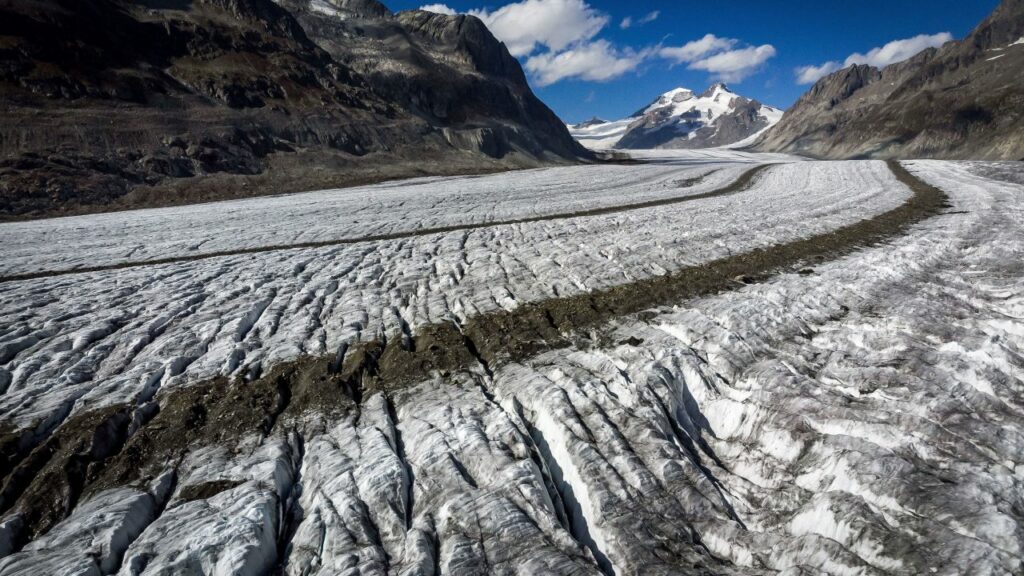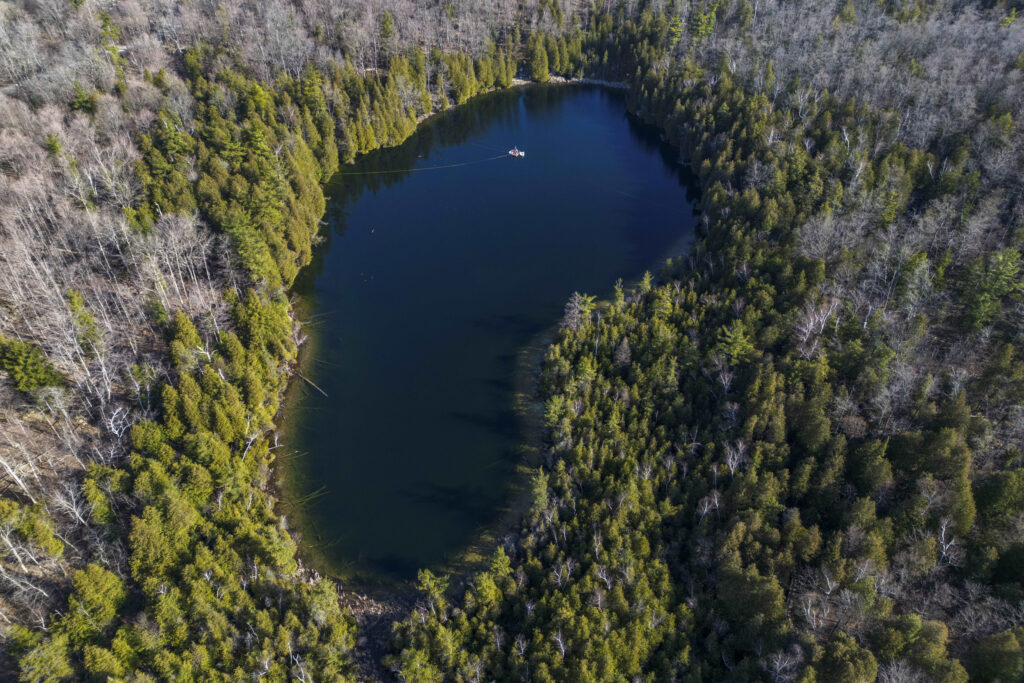It wasn’t all that long ago, in geological terms. According to a recent study in Quaternary Science Reviews (h/t No Tricks Zone) after the ice age ended 10,000 year ago, Iceland warmed up, and by 6,000 years ago had became a forested land with no glaciers in its middle. If the explorers had arrived then, we might today call it Treeland instead of the settler-unfriendly “Iceland” chosen, it is said, by Hrafna-Flóki Vilgerðarson. From 8,000 to 6,000 years ago, summers there averaged about 3 degrees C warmer than they do now. But starting about 5000 years ago the weather began getting colder, and in fits and starts the ice began growing. There were bursts of glacier growth from 2,500 to 2,000 BC, around 1,000 BC, around 300 BC and around 500 AD. In between the warmth would try to reassert itself and push the glaciers back. but the cold was winning. The 6th century is noted for “historical accounts of crop failures, famines, and dry cold fogs in Europe and Asia” the authors note. And worse was yet to come. Seems cold isn’t that great for crops, animals or people.
The authors of the new study say that the Medieval Warm Period wasn’t all that pronounced in Iceland. Conditions got a bit better, but not much. And then the cooling set in. Summertime began getting chillier after 1150, and in a series of steps got worse and worse as the Little Ice Age (1300-1800) began to bite. By 1800 Iceland was colder than at any time in the last 10,000 years, since the end of the last glaciation. And summertimes remain cooler now than they were over much of the past 2500 years. Not exactly your hottest year ever.

In the above chart the top, purple line shows ice thickness at Langjökull and Drangajökull over the past 2500 years. But note that the axis is upside down so the lower the number the more the ice. The next line down, brown, records summertime average temperatures in the North Atlantic. It was a bleak trajectory up to around 1800, and now they are rebounding.
People like Greta and Bill McKibbin claim that the climate was in a far better state in the early 1800s and changed only because we added CO2 to the air, so all we need to do is get the CO2 level back down to where it was in 1800 and all will be well. But long-term studies like this show that both those claims are wrong, and quite foolish. The climate varies on its own, in large swings, without humans being involved and without correlating to changes in CO2. But even if we could get it back to an earlier state by fiddling the atmosphere, probably the last period we’d aim for would be the end of the Little Ice Age circa 1800. If you want to pin the warming of the past 200 year on mankind go ahead, but don’t ask us to think it was a bad thing.


